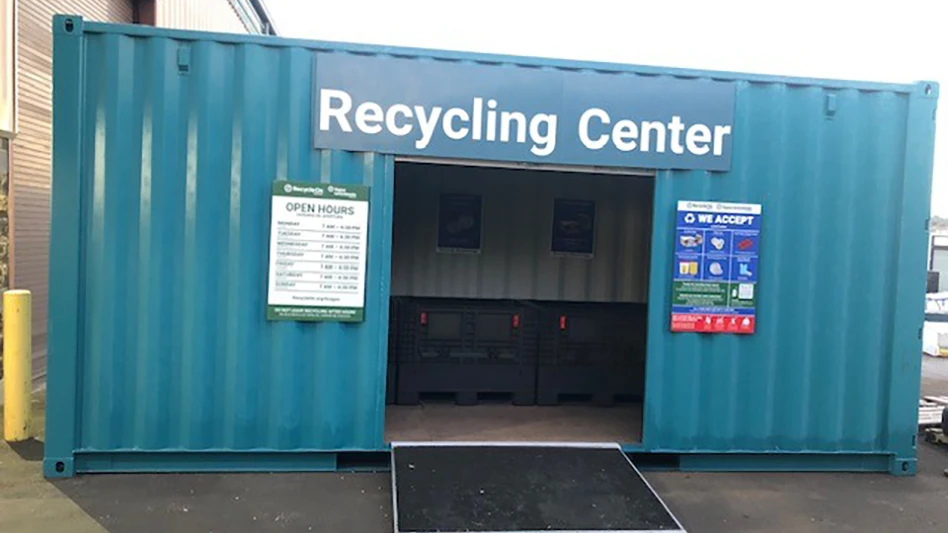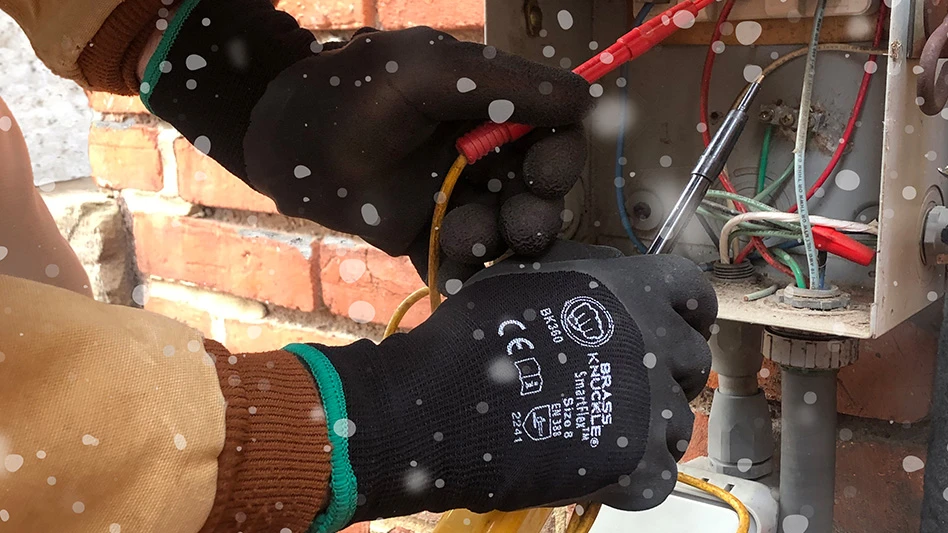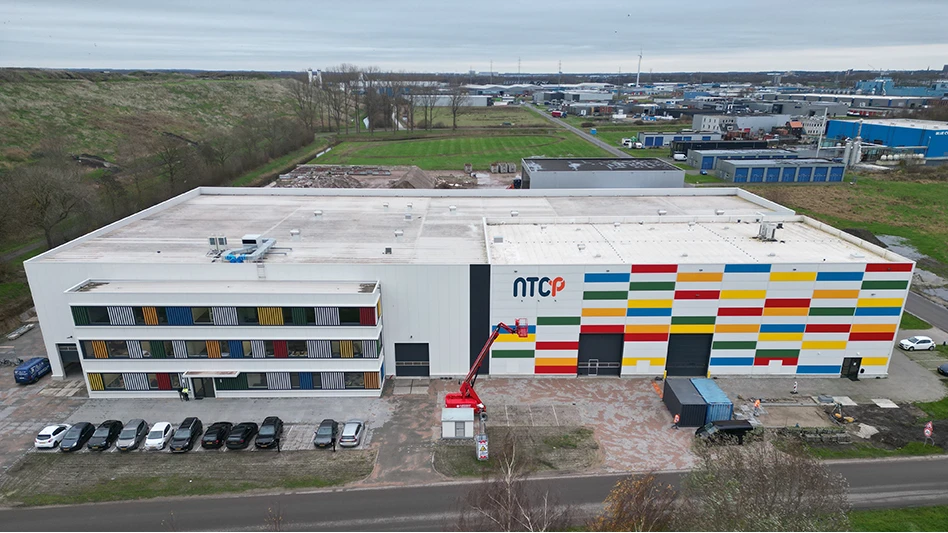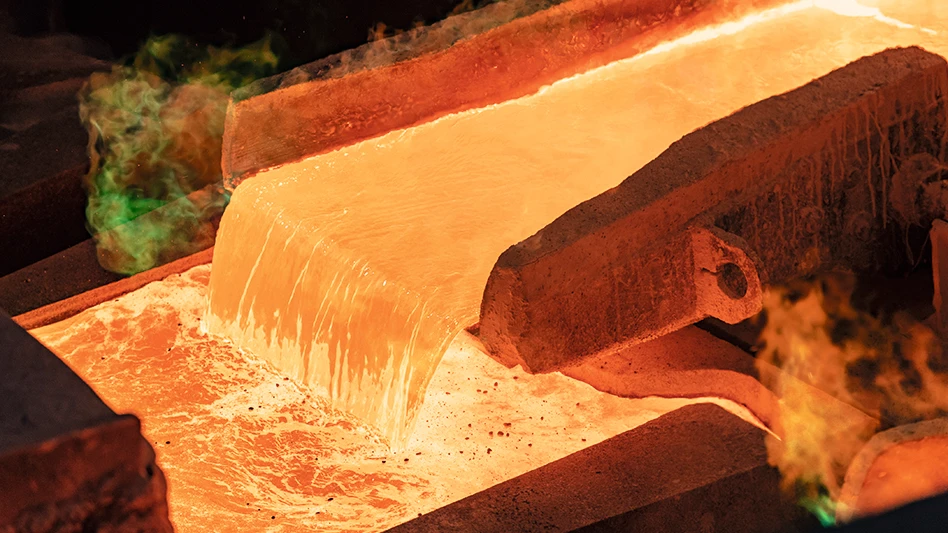To achieve greater consistency with policies of the U.S. Environmental Protection Agency (EPA), the Connecticut Department of Environmental Protection (DEP) has announced that it has revised its requirements for managing stormwater runoff from industrial sites under its general permit program.
"The revised General Permit addresses EPA’s concerns and the growing awareness within Connecticut that contaminants in stormwater runoff impact the quality of our lakes, rivers, and streams," says Amey Marrella, DEP commissioner in a release announcing the revision.
"In developing the revised General Permit, DEP staff worked with both the regulated community and environmental advocates to identify cost-effective steps to monitor and manage stormwater runoff at industrial sites."
The revised industrial stormwater general permit is scheduled to go into effect Oct. 1, 2011. DEP is in the process of reissuing the existing general permit so that it will remain in effect until that date. Industrial facilities will automatically remain registered under the existing general permit once it is reissued. All industrial facilities are required to register for the revised permit by June 1, 2011.
There are currently about 1,500 sites registered for an industrial stormwater general permit.
Under the General Permit program for stormwater discharges, industrial facilities are required to "register" for the general permit by submitting a registration form, and preparing and implementing a pollution prevention plan (PPP). The plan must include information about the site, an inventory of exposed materials, a summary of potential pollutants, a description of and schedule for implementation of stormwater control methods, stormwater monitoring, and site inspection.
While provisions of the general permit apply to all sites, there are additional sector-specific requirements for monitoring and controlling contaminants that are likely to be present at specific types of industries. The sectors are: asphalt plants; non-metallic mines and quarries; refuse systems; auto salvage yards; scrap recycling facilities; steam electric power facilities; transportation and public works facilities; marinas and yacht clubs and boat dealers; ship and boat building and repair; small scale composting facilities.
The revised permit requires all permittees to conduct visual monitoring of stormwater discharges on a quarterly basis and sampling and testing of stormwater for 10 common parameters on a semi-annual basis – as opposed to the current annual requirement. In addition to these standard requirements, the 10 industry sectors listed above have additional parameters that are specific to the industry type, which must be sampled.
Monitoring is necessary to determine the quality of the stormwater discharge and to determine if the control measures used at a site are adequate. One cost-effective change to the revised permit allows for a reduction in continued monitoring requirements for any parameter demonstrated to meet established benchmarks.
The revised permit includes specific requirements for discharges to impaired waters. For existing discharges, a permittee will monitor annually for the pollutant(s) associated with the water impairment. In certain cases, a permittee will have to install additional site controls to improve stormwater quality so that the impaired water quality can be improved. New discharges to impaired water will be authorized if the stormwater discharge doesn’t contain the pollutant(s) of concern, or if the site prevents the exposure of the pollutant(s) of concern to stormwater. However, if the pollutant(s) are present on-site and exposed to stormwater, the registrant must demonstrate that the discharge meets requirements in place to meet water quality before the discharge can occur.
The general permit creates expanded opportunities for public comment and access to information about pending registrations. PPPs can also be reviewed, with the exception of elements that are trade secrets or otherwise exempt from the disclosure requirements of the state Freedom of Information Act. Notice of pending registrations and the availability of PPPs for a site will be posted on the DEP website at www.ct.gov/dep for public review and comment. These steps are in keeping with court rulings that determined opportunities for public access and comment are required under the federal Clean Water Act.
Information about the hearing final decision and the new General Permit can be viewed at www.ct.gov/dep/stormwater.
Latest from Recycling Today
- US Steel to restart Illinois blast furnace
- AISI, Aluminum Association cite USMCA triangular trading concerns
- Nucor names new president
- DOE rare earths funding is open to recyclers
- Design for Recycling Resolution introduced
- PetStar PET recycling plant expands
- Iron Bull addresses scrap handling needs with custom hoppers
- REgroup, CP Group to build advanced MRF in Nova Scotia





